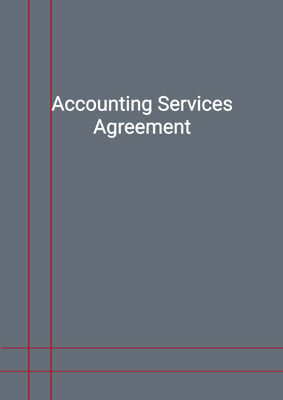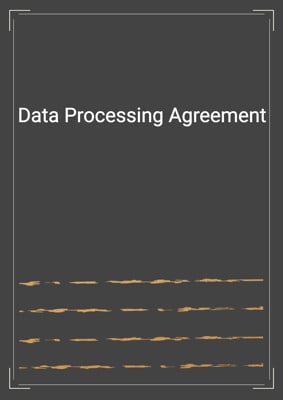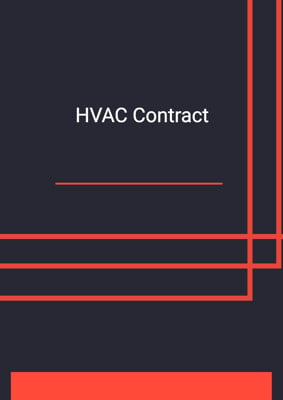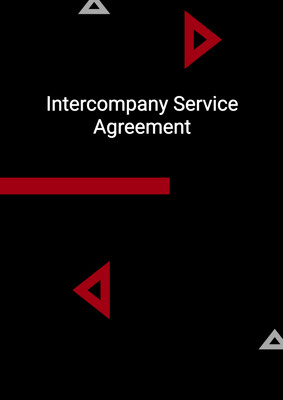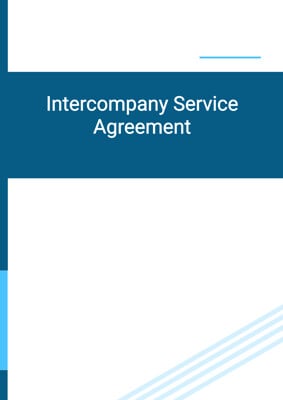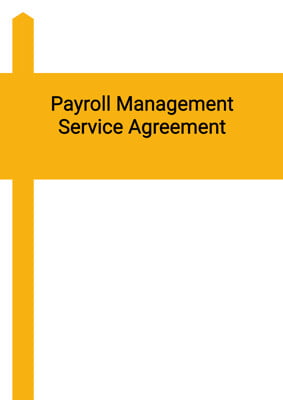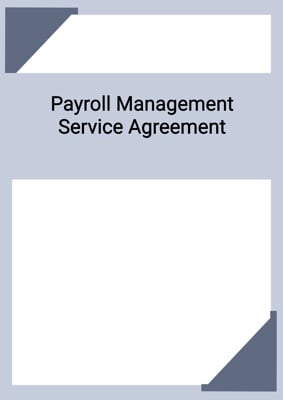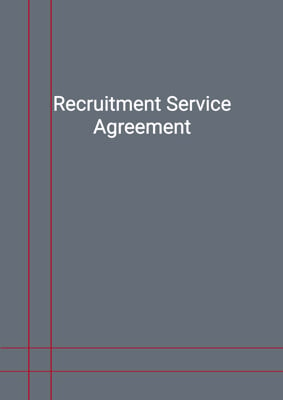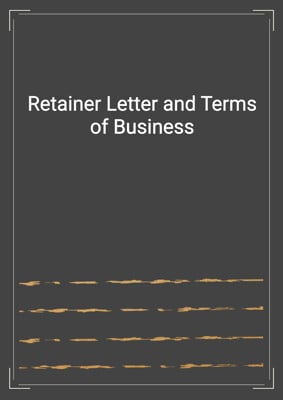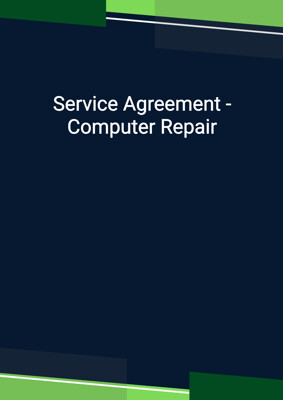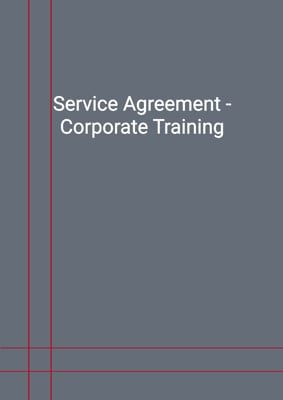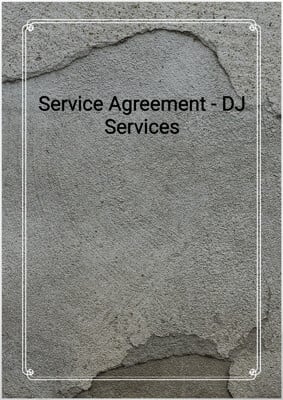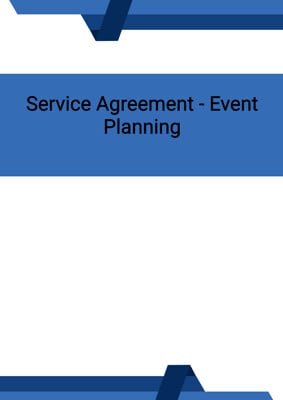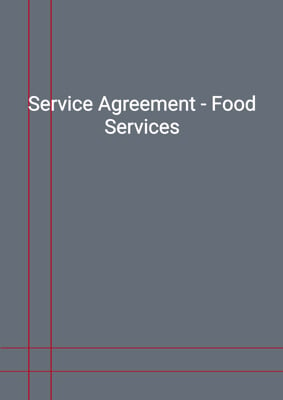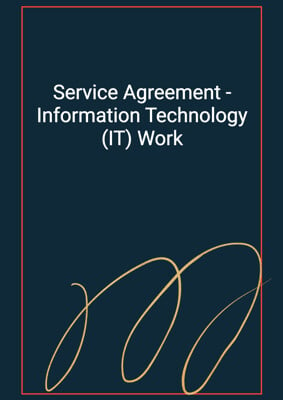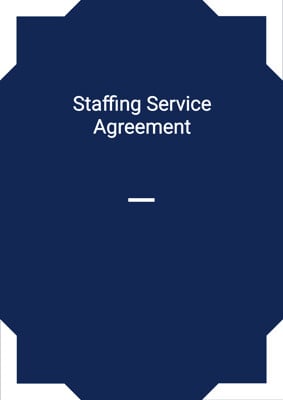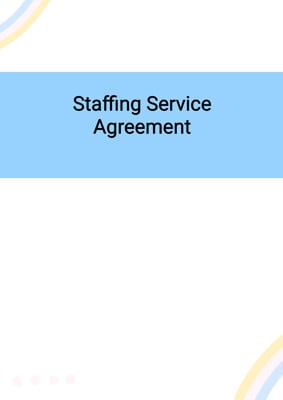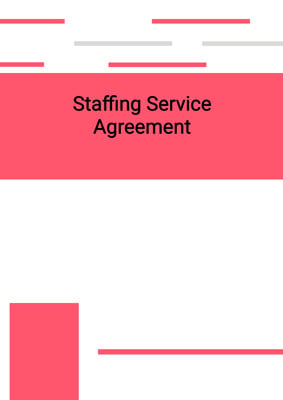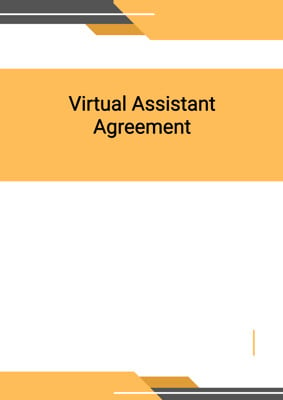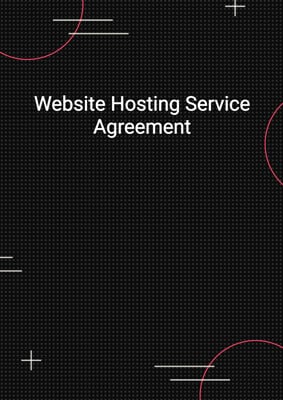How to Tailor the Document for Your Need?
01
Create Document
Fill in the details of the parties. You can click the "Fill with Member’s Information" button to complete it with information saved to your account.
02
Fill Information
Please fill in any additional information by following the step-by-step guide on the left hand side of the preview document and click the "Next" button.
03
Get Document
When you are done, click the "Get Document" button and you can download the document in Word or PDF format.
04
Review Document
Please get all parties to review the document carefully and make any final modifications to ensure that the details are correct before signing the document.
Document Preview
Document Description
The Service Agreement - Computer Repair is a document that outlines the terms and conditions between the servicer and the customer for computer repair services. This agreement is important as it establishes the rights and responsibilities of both parties and ensures that the services are provided in a professional and diligent manner.
The entire document is divided into several sections, each addressing specific aspects of the agreement. The first section is the interpretation, which provides definitions for key terms used throughout the agreement. This section ensures that both parties have a clear understanding of the terms used.
The second section outlines the servicer's obligations. It states that the servicer agrees to use its knowledge and skill to provide the services in accordance with the terms of the agreement. It also specifies that the services will be provided in a professional and diligent manner, consistent with industry standards.
The third section addresses the completion of the work. It emphasizes that time is of the essence and that the services should be completed by the agreed-upon completion date. If there is a delay in completion, the customer may grant an extension of time.
The fourth section covers the service fees. It states that the customer shall pay the servicer a service fee for the services rendered. The payment schedule and terms are specified, including the consequences of late payment.
The fifth section discusses liabilities and indemnities. It states that the customer should promptly report any defects in the servicer's performance and that the servicer should make efforts to rectify any defaults. It also limits the servicer's liability and requires the customer to indemnify the servicer against any liabilities incurred.
The sixth section addresses the term and termination of the agreement. It specifies that the agreement shall be effective upon the delivery of the customer's computer and shall continue until the completion of the services. It also outlines the circumstances under which either party may terminate the agreement.
The seventh section deals with the ownership of materials. It states that the customer's computer remains the property of the customer and that the servicer reserves intellectual property rights in the deliverables. It also grants the customer a license to use the deliverables.
The eighth section covers announcements and publicity. It requires the parties to seek approval before making any announcements or disclosures related to the agreement.
The ninth section discusses amendments to the agreement. It states that any variations to the agreement must be in writing and signed by the parties. It also clarifies that variations do not constitute a general waiver of any provisions.
The tenth section addresses assignment. It states that the customer cannot assign the agreement or subcontract the performance without the servicer's written consent.
The eleventh section covers severability. It states that if any provision of the agreement is held to be illegal or unenforceable, it shall be deemed not to be included, but the remaining provisions shall remain in full force and effect.
The twelfth section requires further assurance from the parties to perform acts and execute documents necessary to implement the agreement.
The thirteenth section provides a warranty of capacity and power. It states that each party has the authority and capacity to enter into and carry out its obligations under the agreement.
The fourteenth section addresses force majeure. It states that none of the parties shall be liable for any failure or delay in performing their obligations due to causes outside their reasonable control.
The fifteenth section clarifies that the agreement does not confer any rights under contracts for third parties.
The sixteenth section discusses arbitration and proper law. It encourages the parties to resolve disputes amicably and in good faith.
The seventeenth section covers notices and service. It specifies the methods of serving notices and provides the addresses of the parties.
The eighteenth section allows the agreement to be executed in counterparts, with each counterpart constituting an original document.
As witness, this agreement has been signed on behalf of the parties on the specified date.
How to use this document?
1. Provide information: Enter the Contractor's and Customer's information in the agreement, including their principal place of business. This ensures that both parties are clearly identified.
2. Specify services: Clearly describe the type(s) of services to be provided by the Contractor. This ensures that both parties are aware of the scope of work and can avoid any misunderstandings.
3. Agree on completion date: If applicable, agree on the completion date for the services. This ensures that both parties are aware of the expectations and deadlines.
4. Determine service fees: Discuss and agree on the service fees for the services rendered. Specify the payment schedule and terms, including any late payment charges.
5. Address liabilities and indemnities: Clarify the responsibilities and liabilities of both parties. Ensure that the customer promptly reports any defects in the servicer's performance and that the servicer takes steps to rectify any defaults.
6. Discuss termination: Outline the circumstances under which either party can terminate the agreement. Specify the notice period and any consequences of termination.
7. Address ownership of materials: Clarify that the customer's computer remains their property and that the servicer reserves intellectual property rights in the deliverables. Grant the customer a license to use the deliverables.
8. Seek approval for announcements: Obtain written approval from the other party before making any announcements or disclosures related to the agreement.
9. Review and amend: Ensure that any variations to the agreement are in writing and signed by both parties. Clarify that variations do not waive any provisions of the agreement.
10. Prohibit assignment: State that the customer cannot assign the agreement or subcontract the performance without the servicer's written consent.
11. Address force majeure: Specify that neither party shall be liable for any failure or delay in performing their obligations due to causes outside their reasonable control.
12. Clarify no rights for third parties: State that the agreement does not confer any rights under contracts for third parties.
13. Encourage amicable resolution: Urge the parties to resolve any disputes amicably and in good faith.
14. Serve notices properly: Follow the specified methods for serving notices and ensure that the addresses of the parties are accurate.
15. Execute in counterparts: Understand that the agreement may be executed in multiple counterparts, with each counterpart constituting an original document.

